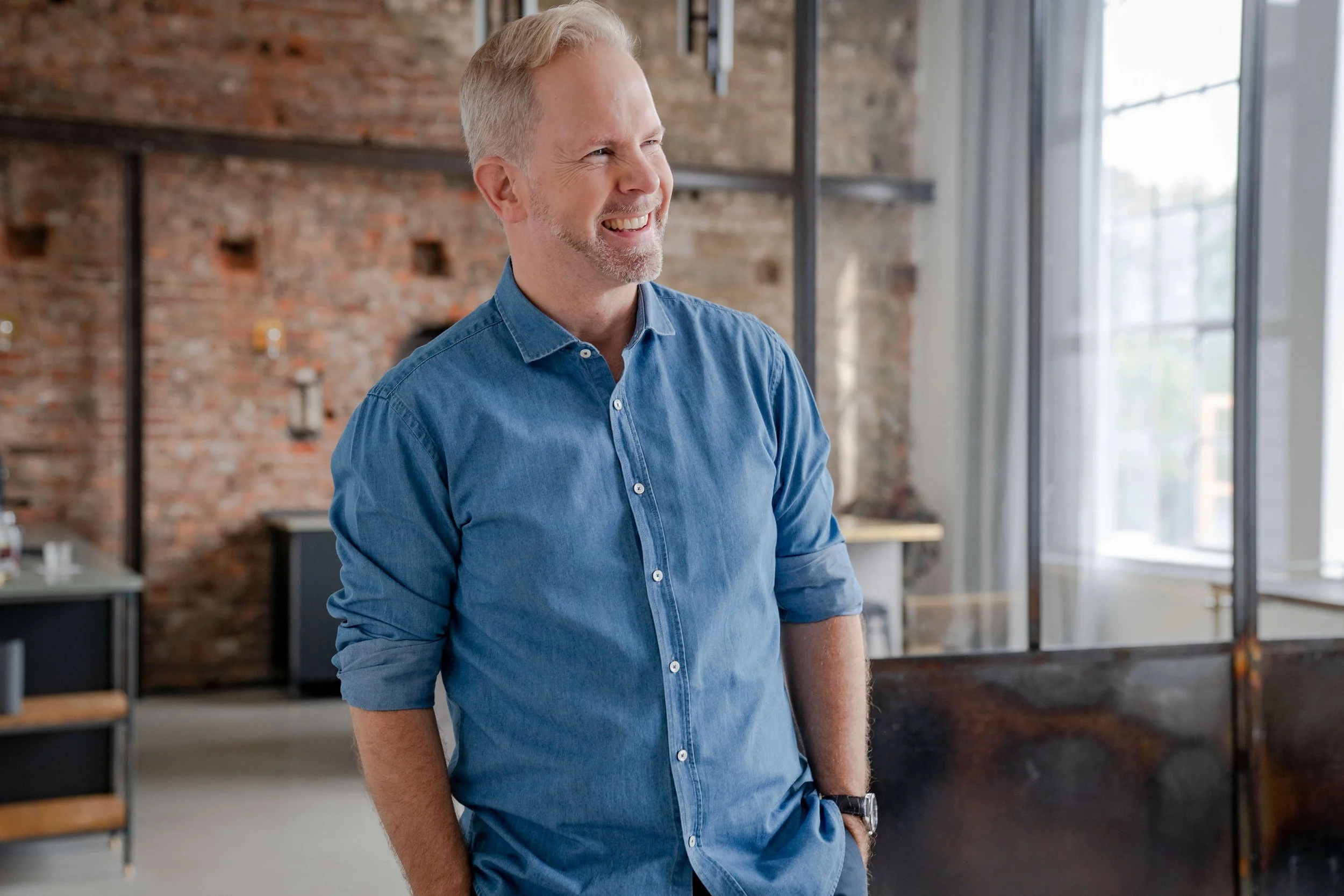How Business Confidence Enables Indeed Innovation to Design for a Circular Economy
Karel Golta is the founder and CEO of Indeed Innovation GmbH, a global innovation services firm based in Hamburg, Germany. He works with fellow d.MBA alum Nisarg Archarya, whom we featured in a piece on designing a viable non-profit. Karel is a self-described business romantic, spending lots of time contemplating ways to make the business world more beautiful and sustainable. You might find him cooking or having a nice glass of wine in his spare time, which he prefers to enjoy over an engaged discussion on a deep topic.
By Karel J. Golta, d.MBA alum, with contributions by Clare Goldblatt
Indeed is solely dedicated to designing transformative solutions that help companies thrive in a circular economy. Our approach to achieving circularity combines strategy, design and engineering capabilities, and behavioral science. We identify opportunities for circularity in companies' ecosystems, build and scale circular innovations, and embed circular thinking into companies to empower them to generate circular innovation from the inside. We want to help businesses thrive with a more planet-focused, circular mindset.
We help companies come up with immediate business success or transformational success in identifying an opportunity to build or scale a circular innovation.
However, Indeed used to be a more traditional, business-focused innovation services firm whose singular mission was not circularity. In 2019, I began to deeply question and become critical of what I was doing, as, for 25 years, it had occurred to me that I was only doing innovation for the sake of business. An alarming statistic was that 45% of all carbon emissions are directly product related. I had an aha moment and decided to shift Indeed's mission completely from focusing on business-related innovation to pivoting solely to pushing the circularity mission forward. Our projects now focus exclusively on improving emissions or circularity.
Indeed is and always has been a design-driven company. Projects are steered by design, and the engineers follow the designers' lead.
As I switched Indeed's focus to circularity, it became clear that we lacked some business expertise within the design and engineering teams, because they had a more challenging time discussing and negotiating business activities with clients.
The role of a designer is changing quite quickly. We knew that the only way to convince businesses to follow our mission of circularity was through financials and business aspects.
I took the d.MBA in 2020 as it promised to get you to the next level in business confidence. I was especially attracted to the idea of doing a business course specifically created for designers, as most business courses are expensive, not geared toward a designer’s mindset, and don’t apply to designers’ daily work. I got so much out of the program I decided to have my design and engineering colleagues at Indeed take the course. We regularly send people to do the course and use the alumni at Indeed as a source of business-minded mentorship within the company. We even have a Miro board with d.MBA content, so everyone can use the tools and frameworks like a library.
After completing the program, I immediately saw the team's newly acquired business acumen leveraged to prepare client proposals.
Our clients tend to come to us with a rough idea but lack the structure and tools to execute this initiative, so we use the business frameworks and create tailor-made proposals and solutions based on our design, engineering, and business knowledge. Many designers also tend to shy away from number-related topics, and now I see the team leveraging numbers for better-substantiated design arguments.
One example was a project we did for a German hidden champion of the white goods Industry who tasked us with finding opportunities for circular design throughout the entirety of their supply chain. Their products have challenging materials as they involved complex assembly and many materials, which included aluminum and ceramics. We analyzed the entire supply chain for the raw materials and pinpointed the phase where the material became waste, where it would be recovered, and eventually recycled to close the material loop.
Many business lessons were integrated directly into this project. We mapped their supply chain, created a value map, then turned it into a system map, and created a new tool where we combined Prototyping with Numbers and the Business Model Canvas to prototype new ideas for opportunities whilst making sure that they remain a profitable business. In fact, the CEO liked the Value Map we made for him so much that he requested an A1-sized poster for his office.
Another great example of leveraging our business knowledge is for a client project for US industry consortia, where we helped develop solutions to eliminate virgin plastic use amongst their nationwide outlets. We researched specific data, such as the increase of digital vs. cash payments amongst users and the weekly vs. daily occurrence of visits This opened opportunities into whether we could incentivize users to bring back the materials or have them reuse them. We achieved this circular objective by first running the numbers to find the metrics that would guide the creative solution-finding process. These numbers compelled the client to pivot its strategy and eliminate virgin plastic usage.
Designers need to understand the business implications quite thoroughly in order to be good designers.
We've seen the rapid transformation of the designer's role over the years. Twenty-five years ago, you could make a good living as a corporate designer in Europe, but nowadays, you could get graphic design online and get it for a meager price. This trend will only continue as everything becomes more automated. The same is happening for many design fields, but the one design aspect that isn't being automated is making business decisions with design in mind. Designers with business confidence will be more likely to survive and thrive as the designer's role continues to evolve.

